
In 2007 and 2008, Meizu transferred all its energy to the development and testing of a smartphone. On January 15, 2009, after overcoming many difficulties, Meizu finally received a network license from the Ministry of Industry and Information Technology. Meizu M8 (mini One) was officially unveiled on February 18, 2009 – the first smartphone in China with a large screen and a fully touch-based interface. It is equipped with a 3.4-inch display from Synaptics with a resolution of 480×720 pixels, ARM11 processor with a maximum frequency of 677MHz, 256MB RAM, 8/16GB internal storage, 3.2MP camera, Bluetooth and Microsoft Windows CE 6.0 operating system with company refinement.
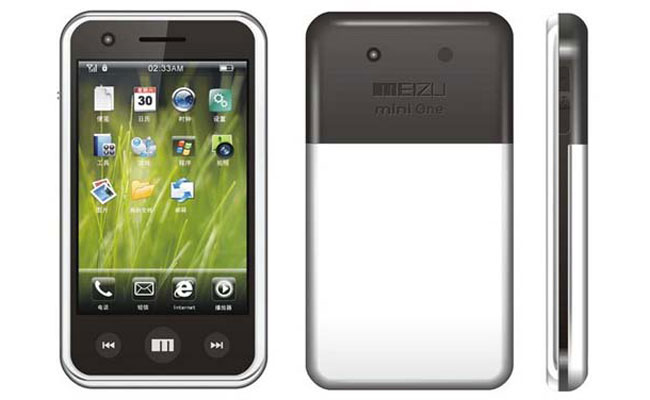
The appearance and part of the interface are very reminiscent of the iPhone. The similarities were also noticed by Apple, which is why the American company wants to stop production of Meizu M8. In the end, good lawyers hired by Meizu proved that Apple’s patents could not affect the Chinese market, but due to pressure in late 2010, its production was stopped.
In a very short time, the phone became a hit in China, and people lined up to buy it. Even today, the Meizu M8 is an exhibit in the showroom of Microsoft’s headquarters, from which it receives high marks. If Steve Jobs and Apple are changing the global mobile phone industry, Huang Zhang and Meizu are undoubtedly changing the Chinese one. And this is no exaggeration.
The release of the next product is scheduled for November 2010, but is postponed for a number of reasons. Apart from the certification by the regulatory authorities, the delay is also due to the announcement of the iPhone 4 in China. To compete with Apple, the company uses a Sharp ASV (Advanced Super View) screen for Meizu M9, similar to the Retina display in iPhone 4. The Sharp display has anti-flash technology and an ultra-wide viewing angle of up to 170 degrees. So, the new phone will be released in January 2011, although the first 300 units were sold in December.
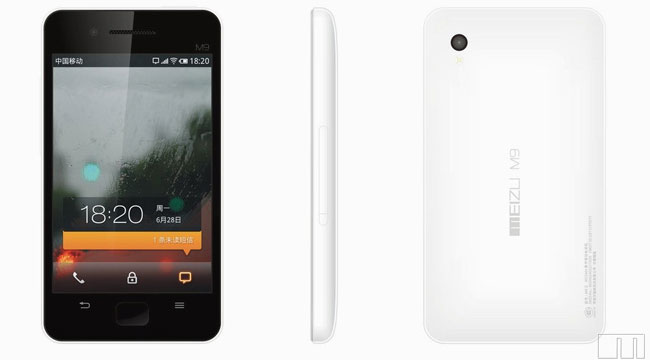
Meizu M9 has a 3.5-inch display with a resolution of 640×960 pixels, with the Samsung Hummingbird S5PC110 processor (Exynos 3 Single) with a working frequency of 1GHz, 512MB RAM and is no longer with Windows, but with the newly created Google operating system – Android (version 2.2) and with a redesigned interface that runs smoother than pure Android.
With the Meizu M9, the company’s success is already impressive – huge queues are formed for the purchase of the phone in front of the company’s stores, and the Meizu brand is famous outside China. Meizu M9 is officially sold in Russia.
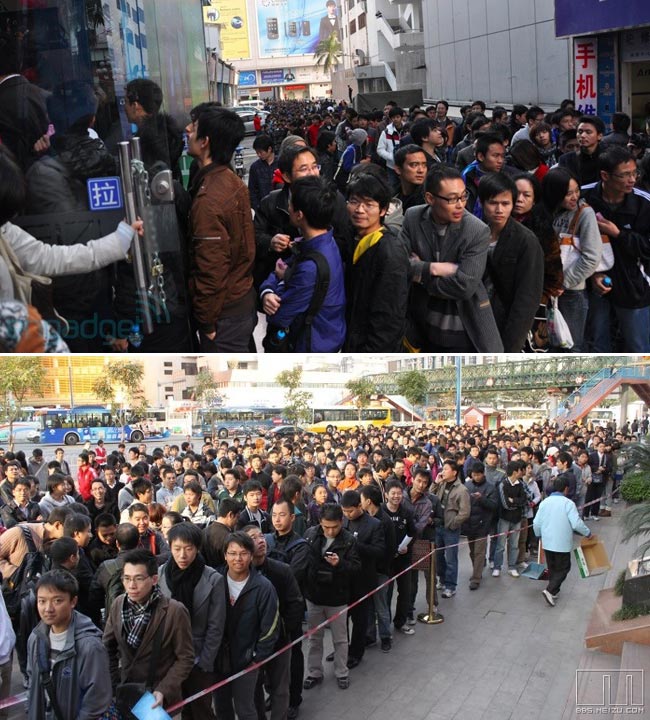
The long-awaited Meizu MX dual-core model was introduced at the end of 2011. MX is also the first mobile phone in China to use a micro SIM. Its exterior design is also exceptional with its body thickness of only 10.3 millimeters, and the back is made by double-molded injection molding.
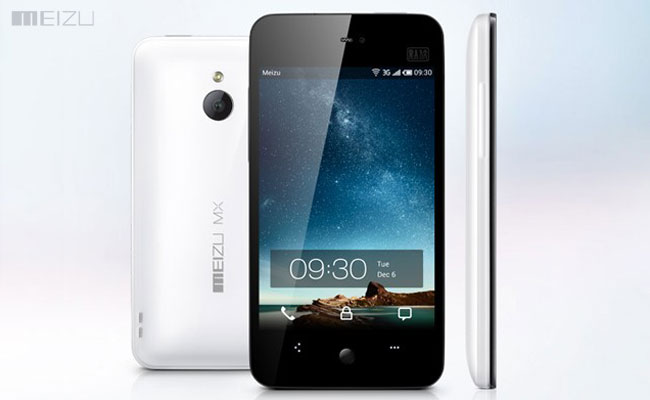
Meizu MX comes with the latest Android 2.3.5 (Gingerbread) and is equipped with a dual-core Samsung Exynos processor running at 1.4GHz. The display is a 4.0″ Sharp ASV with a ratio of 3:2, a resolution of 640×960 pixels, multi-point multitouch and the world’s thinnest side bezels of only 3.65 millimeters. The camera is 8-megapixel from Sony with LED flash, wide aperture f/2.2 and autofocus. There is also a VGA selfie camera. Supports coaxial digital audio output and active noise reduction through a special microphone, 1080P full HD video, HDMI and other features.
In April 2012, an improved version of Meizu MX quad-core was announced – the world’s first smartphone powered by the quad-core Samsung Exynos 4412 with a working frequency of 1.4GHz, based on the Cortex-A9 architecture and built on the latest 32nm High-K Metal Gate technology for reduction of energy consumption by 20% compared to its predecessor, as well as supporting dual channel LPDDR2 1066. Meizu MX quad-core has been pre-nstalled with Android 4.0 Ice Cream Sandwich. Later, on June 25, the first version of Flyme, based on Android 4.0.3, was released for Meizu MX, and then Meizu M9 was acquired with Flyme 1.
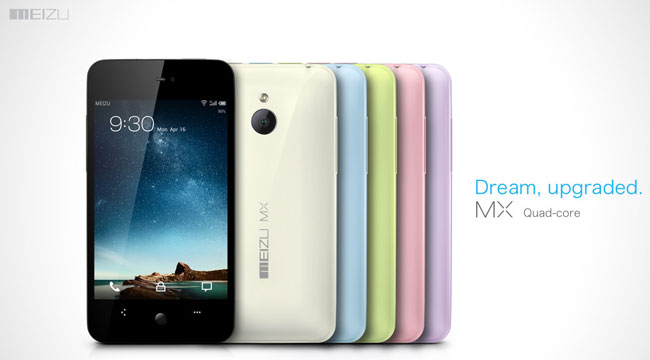
The company’s next flagship is Meizu MX2, which will be released in December 2012. MX2 has a 4.4-inch IPS LCD display with a resolution of 800×1280 pixels and an aspect ratio of 16:10. Meizu MX2 reaches the world’s thinnest side bezels of only 3.15mm. The phone is powered by the same Exynos 4412 chip as Meizu MX quad-core, but has a CPU operating frequency of 1.6GHz. It was pre-nstalled with the newly developed Flyme 2 on Android 4.1.1 (Jelly Bean). The rear camera is 8MP with autofocus and the front is 1.2MP. Here, the Home button, which was previously mechanical, has been replaced by a touch button.
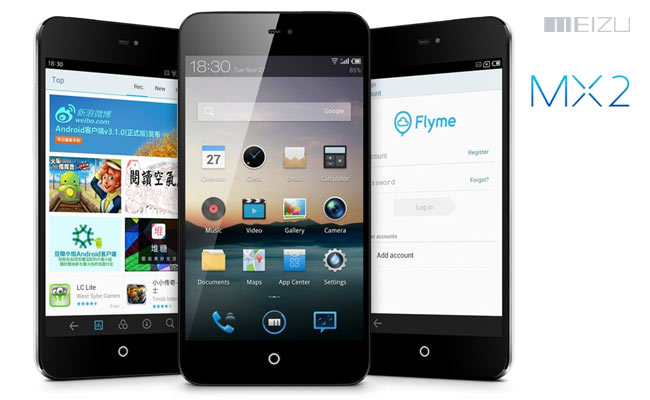
2013 was marked by the launch of MX3 at the end of the year. The screen is enlarged to 5.1 inches, with a resolution of 1080×1800 pixels and an aspect ratio of 15:9. Meizu MX3 also gets the same processor as Samsung GALAXY S4 – the 8-core Exynos 5410 (28 nm). The new version of Flyme 3.0, based on Android 4.2, has been developed. The phone is also equipped with an NFC module.
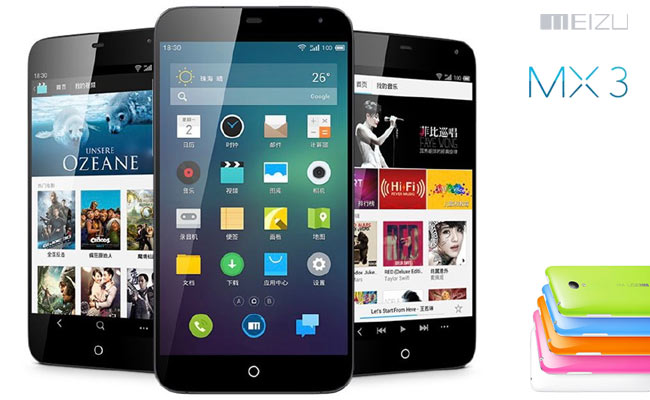
In September 2014, the fourth phone in MX series was released, which is considered to be the most powerful on the market. Meizu MX4 has a 5.36-inch screen of 1152×1920 pixels. Powered by 8-core MediaTek MT6595. The main camera is 20-megapixel. The back is aluminum, which reduces the weight of the phone. Comes with Android 4.4.4 (KitKat), wrapped with the new Flyme 4 interface.
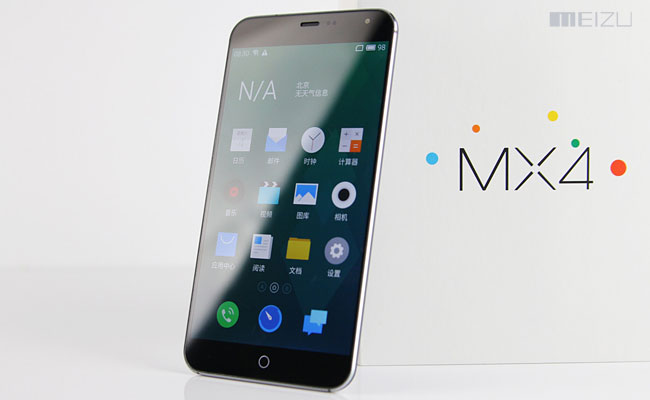
As early as next month, the company also announced a PRO version of Meizu MX4 with a larger 5.5-inch screen and Samsung Exynos 5430 (20 nm) with 4×2.0GHz Cortex-A15 and 4×1.5GHz Cortex-A7 cores.
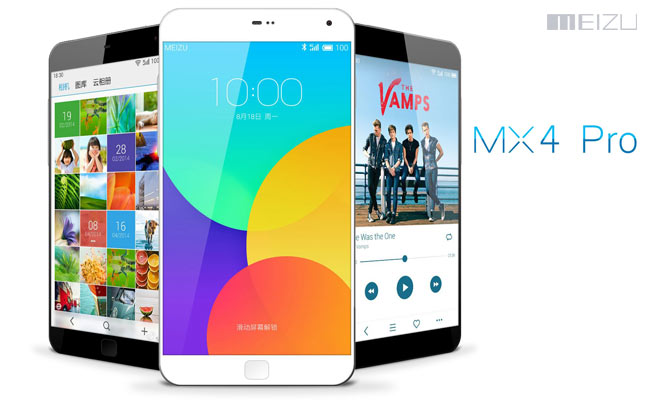
On December 23, at a conference in Beijing, the new sub-brand of the company for lower-budget products Meilan (魅蓝, Blue Charm), whose slogan is “Quality For Young”, was officially announced. Then the first smartphone of the series was announced – Meilan Note (Meizu M1 Note for the global market).
In general, 2014 is quite good for Meizu. Sales are going perfectly, the company enters France, Italy and Eastern Europe, including Bulgaria. A major player like Alibaba Group has also taken an interest in Meizu’s success. The interest is expressed in an investment of 590 million dollars, and the main goal is to impose its own operating system YunOS, which for some time is installed in the Chinese versions of the models.
On January 28, 2015, the first smartphone of the new sub-brand was officially presented – Meilan Note (Meizu M1 Note), with IGZO IPS screen of 5.5 inches at an aspect ratio of 16:9 and a resolution of 1080×1920 pixels. It is equipped with 64-bit MediaTek MT6752 and Mali-T760, 2GB RAM, 16/32GB internal space, 13-megapixel main and 5MP front camera, Android 4.4.4 (KitKat), Flyme 4.
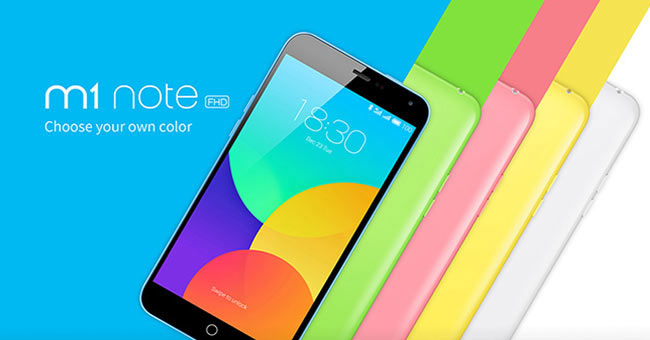
Followed (models intended for the global market only) Meizu M2 Note (June 2015), Meizu MX5 (June 2015), Meizu M2 (July 2015).
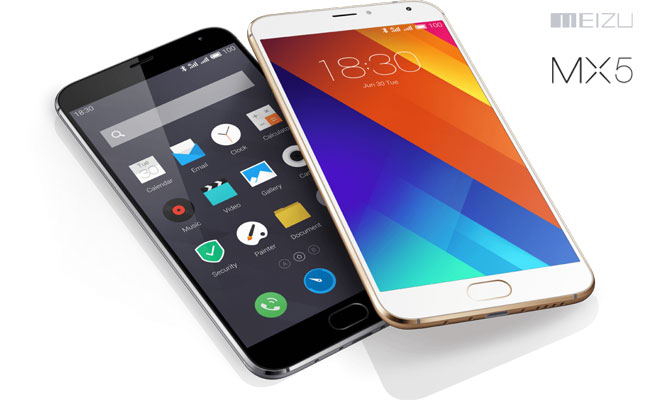
Meanwhile, the company has not forgotten its roots and is actively working on developments in the field of audio technology – speakers and headphones. In addition, along with the June announcement of Meizu MX5, two more products were introduced – Meizu’s first 10,000mAh external battery and Depth-VR virtual reality glasses.

On September 11, Meizu shared their plans for a new sub-brand – PRO. Thus, smartphones are divided into three lines – the budget M (Meilan) series, the mid-budget MX and PRO for the music flagships. The first phone in the pro-series is Meizu PRO5, which goes on sale in October 2015. It is equipped with a 5.7-inch 16:9 AMOLED display with a resolution of 1080×1920 pixels, Exynos 7420 Octa chipset (14 nm) and Mali-T760 graphics processor, 3/4GB LPDDR4 and 32/64GB UFS 2.0 flash memory, USB Type-C, Hi-Fi Sound 2.0 with ES9018K2M decoder from ESS Technology, 21-megapixel Sony IMX230 sensor with PDAF and laser autofocus, 5MP selfie camera, and Android 5.1 (Lollipop) with Flyme 5. Meizu PRO 5 also has Ubuntu Edition. This is also the first phone with the updated company logo.
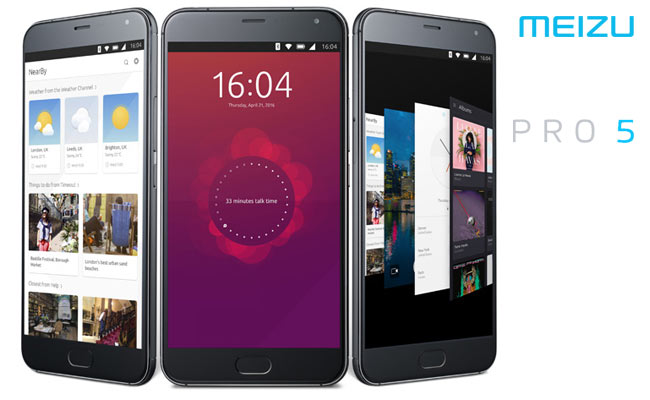
By date of presentation so far (only global versions) follow the models Meizu M3 Note (April 2016), Meizu PRO6 (April 2016), Meizu M3s (June 2016), Meizu MX6 (July 2016), Meizu U10 and Meizu U20 (August 2016), Meizu M3E (August 2016), Meizu M3 Max (September 2016), Meizu M5 (October 2016), Meizu PRO6 Plus (November 2016), Meizu M5 Note (December 2016), Meizu M5s (February 2017), Meizu M5c (may 2017), Meizu PRO7 and Meizu PRO7 Plus (July 2017), Meizu M6 Note (the first company’s phone with a chipset from Qualcomm, August 2017), Meizu M6 (September 2017), Meizu M6s (January 2018), Meizu 15 Lite (April 2018), Meizu 15 and Meizu 15 Plus (April 2018), Meizu M6T (May 2018), Meizu M8c (May 2018), Meizu 16th and Meizu 16th Plus (August 2018), Meizu 16 and Meizu X8 (September 2018), Meizu M8 and Meizu M8 Lite (September 2018), Meizu Note8 (October 2018), Meizu C9 and Meizu C9 Pro (December 2018, without Flyme), Meizu Note9 (March 2019), Meizu 16s (April 2019) and Meizu 16Xs (May 2019).
 FAN CLUB BULGARIA
FAN CLUB BULGARIA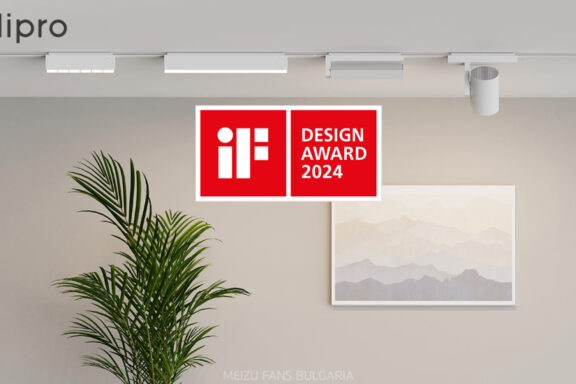 lipro won the German iF Design Award 2024
lipro won the German iF Design Award 2024 Meizu 20 INFINITY was honored with the International CMF Design Gold Award 2023
Meizu 20 INFINITY was honored with the International CMF Design Gold Award 2023 21st anniversary of Meizu
21st anniversary of Meizu